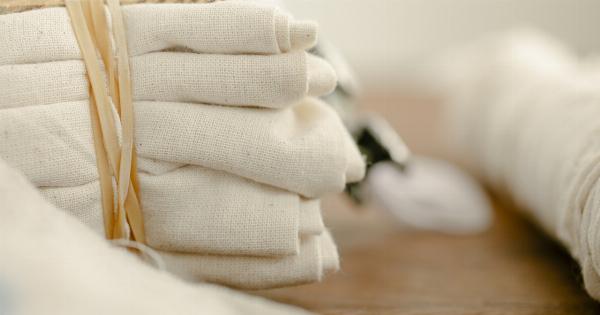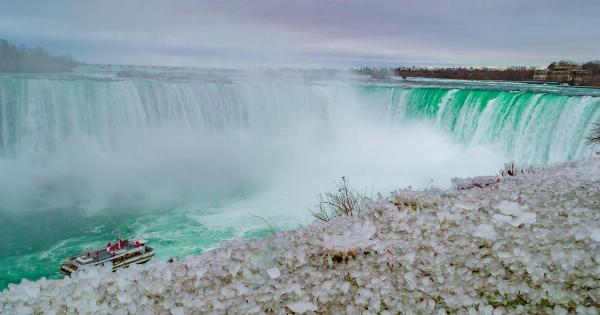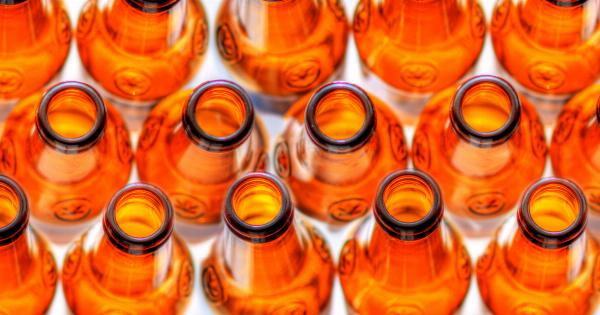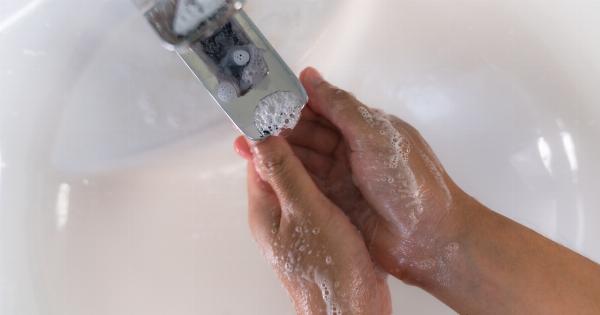Water is an essential resource that we rely on for various purposes, from hydration and cooking to sanitation and cleaning.
But have you ever wondered how effective water is at killing germs and bacteria? The temperature of the water plays a crucial role in determining its germ-killing abilities. In this article, we will delve into the science behind germ-killing temperatures in water and explore how different temperatures can impact its disinfection properties.
1. Understanding Germs and Bacteria
Before we delve into the specifics of temperature, it’s important to have a basic understanding of what germs and bacteria are. Germs, also known as microorganisms, are tiny living organisms that can cause disease or infection.
Bacteria fall under the category of germs and are single-celled organisms that thrive in various environments.
2. The Impact of Temperature on Germs
Temperature can significantly affect the growth and survival of germs and bacteria. Each type of bacteria has an optimum temperature range in which it thrives best.
Temperatures outside this range can either slow down or inhibit bacterial growth, ultimately leading to their death.
3. Heat and Cold: Their Germ-Killing Potential
Both heat and cold have their unique abilities to kill germs, although they work in different ways.
4. Hot Water: A Powerful Disinfectant
Hot water has been used for centuries as a natural way to kill germs and bacteria. As the temperature rises, the heat begins to damage the proteins and enzymes within the bacterial cells.
This denaturation process disrupts the structure and function of the bacteria, effectively killing them. However, not all bacteria are created equal, and some may require higher temperatures for complete eradication.
5. Boiling Water: The Ultimate Germ Killer
Boiling water is an incredibly effective method for killing germs and bacteria. At temperatures above 212°F (100°C), the heat is sufficient to eradicate the majority of microorganisms, including water-borne pathogens.
Boiling water for at least one minute is generally recommended to ensure efficient disinfection.
6. Cold Water: A Slow Germ Inhibitor
While cold water may not kill germs as effectively as hot water, it can still slow down their growth and inhibit their multiplication. Cold temperatures create an unfavorable environment for bacteria, limiting their ability to reproduce and spread.
However, it’s worth noting that some bacteria, such as those that cause food poisoning, can still survive and multiply at low temperatures.
7. The Importance of Water Temperature in Hygiene
Proper hand hygiene is crucial in preventing the spread of infectious diseases, and water temperature plays a role in its effectiveness. Contrary to popular belief, hot water is not necessary for effective handwashing.
Studies have shown that using warm or cold water, along with soap, for at least 20 seconds can effectively remove germs from the hands.
8. Warm Water for Comfort
Aside from its disinfection properties, the temperature of water can also affect our comfort levels. Warm water is often preferred for tasks like bathing or washing hands, as it can provide a soothing and relaxing experience.
However, it’s important to remember that using extremely hot water can be harmful and may cause burns or scalds.
9. The Role of Water Temperature in Cleaning
Temperature also plays a critical role in cleaning dishes, laundry, and other household items. Hot water is commonly used in dishwashers and washing machines as it aids in the removal of dirt, grease, and stains.
In these cases, the elevated temperature helps to break down and dissolve residues more effectively.
10. Finding the Balance
While both hot and cold water have their benefits, striking the right balance is crucial for different tasks. When it comes to personal hygiene, warm water is generally recommended as it is effective for handwashing without causing discomfort or harm.
For cleaning tasks, hot water can provide better results, but it’s important to follow manufacturer recommendations to avoid damage to materials or appliances.
Conclusion
In conclusion, water temperature plays a vital role in its ability to kill germs and bacteria. Hot water and boiling water are powerful disinfectants, while cold water can slow down bacterial growth.
Understanding the science behind germ-killing temperatures can help us make informed decisions about hygiene practices and optimize the efficiency of water-based tasks. Remember, whether it’s washing our hands or cleaning household items, water temperature matters!.





























